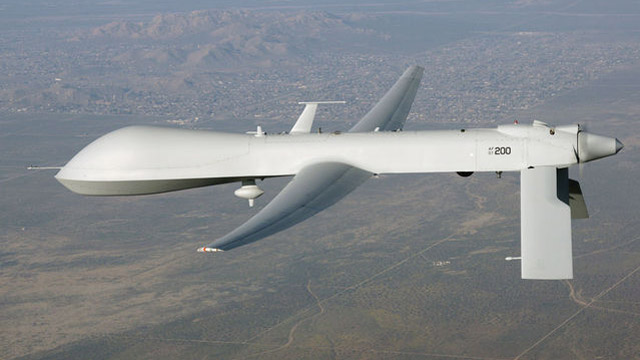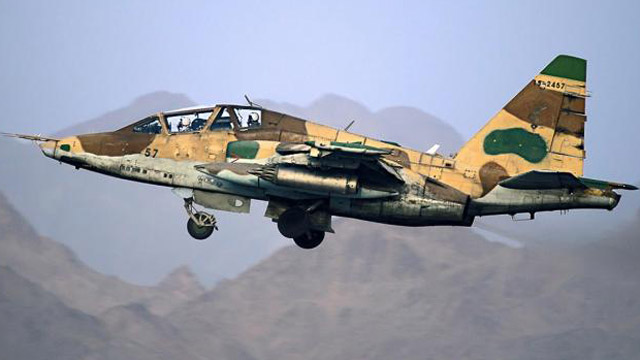On Tuesday, a high-tensity confrontation occurred between Iran and a US drone. The countries have a testy history regarding the United States’ aggressive drone program. Iran’s refusal to curb its nuclear energy program, which most believe is a front for the development of a nuclear weapon, has caused Iran to be the target of large amounts of US surveillance.
1. The unarmed Predator drone was likely on a classified surveillance mission

The US often surveils Iran from international airspace using various drone types. The Predator, along with two US fighter escorts, was flying in international airspace in the Persian Gulf, near Oman.
2. Iran shadowed the drone

After learning of its location, Iran dispatched a Vietnam-era, American made, F-4 Phantom to follow the drone. An American pilot used his radio to warn the Iranian fighter, and then the two US planes rapidly closed to within two miles of the F-4, causing the aircraft to return to Iran. Iran did not fire, and was never less than 16 miles away from the Predator.
3.The US is prepared to use force to defend drones
Since the drone stayed in international airspace, firing on it would be an overt act of agression. The US treats drones like any other airplane that it maintains, and a spokesman for the military stated that “We are fully prepared to defend our aircraft…” This implies that these incidents, if not handled very carefully, could result in a fast escalation to aerial combat, or worse.
4. Iran has fired on US drones before

Last November, Iranian SU-25 fighters fired on an unarmed Predator over the Gulf. The shots missed, and no damage to the drone was reported. This is probably why the drone involved in this more recent incident had a fighter escort, which heavily discourages a similar engagement.
5. In 2011, Iran captured a highly classified US Sentinal drone

The Iranian military claims that it hacked into the guidance systems of a US RQ-170 Sentinel drone, and was able to safely land it with minimal damage. Though the US has publicly stated that the Sentinel was operating in western Afghanistan, most believe that the Sentinel was actually in Iranian airspace, while engaged in surveillance of its nuclear facilities. The Iranian government released pictures of the drone on its state controlled television networks. Not surprisingly, requests by the US to return the Sentinel have been denied.